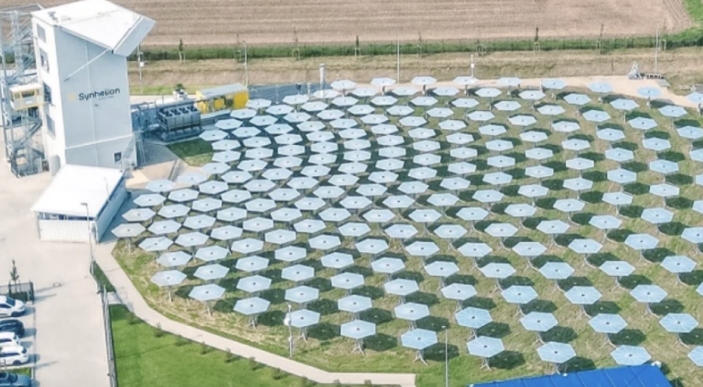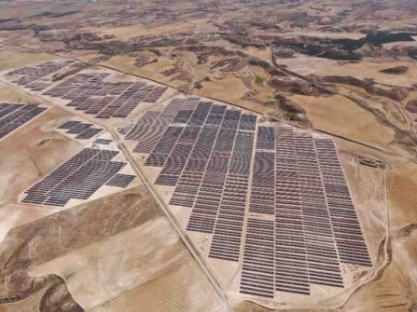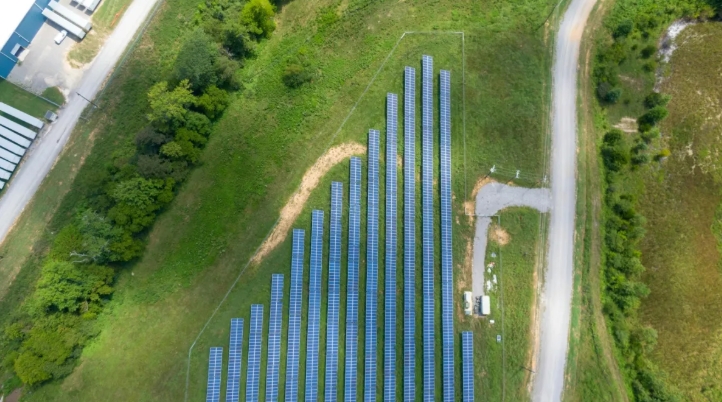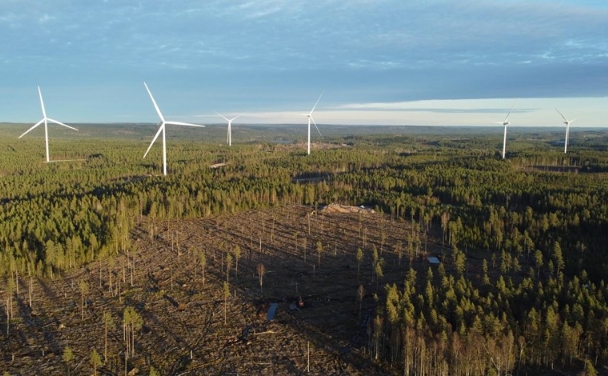Solar Trends to Look Forward To
Analysts predicted that the global solar market would surpass 100 gigawatts (GW) in 2019. 2.7 gigawatts of solar were installed in the first quarter, which made it the quarter with the most solar ever installed in US history. Recent growth has been driven in part by the federal Investment Tax Credit (ITC), which was decreased at the end of 2019 and motivated companies to close deals prior to the deadline.
Corporate procurement and renewable energy commitments from companies like Google and Apple continued to surprise market analysts as a major market growth driver in 2019. Corporate procurements made up nearly 25% of 2018’s projects and are expected to have made up 17% of projects in 2019.
In the past decade, US solar has grown from 25 GW to an estimated 663 GW by the end of 2019. According to BloombergNEF, that’s enough to power nearly 100 million homes in the US.
Looking Ahead
With carbon-based electric generation contributing approximately 30% to the US’s total greenhouse gas emissions, there’s a major opportunity to decarbonize the energy sector with renewables. In the 2020s, state, municipal, and corporate procurement will continue to drive market expansion as more cities announce renewable energy goals and the cost of solar continues to drop.
Energy Storage Trends that are Driving Innovation
The decline in battery technology costs is driving market growth for the energy storage industry in 2019, with lithium prices expected to fall 45% by 2021.
In Q1 of 2019, the market achieved a record-breaking 232% growth. Part of that growth can be attributed to a surge in residential storage in 2018, with deployments quadrupling year-after-year due to the increase in state-level incentive programs for solar-plus-storage projects. Despite recent residential market growth, utility-supply storage continues to stand as the largest market segment. According to SEPA, investor-owned utilities deployed the most storage of any utility type, contributing approximately 64% of megawatt-hours interconnected to the grid last year.
Emerging Battery Technologies
While lithium-ion continues to prevail as the leading battery technology (especially for electric vehicle applications), other alternative technologies continue to diversify the sector. Variations of lithium-ion (like lithium-sulfur) and innovative technologies (such as zinc-related batteries and gravity storage) are becoming more popular and—in some applications—more cost effective than traditional battery technologies.
Looking Ahead
In the next five years, experts forecast the energy storage industry will grow tenfold—becoming a $5.4 billion market. They expect that this new market expansion will be spurred by a continued decline in technology costs and an increase in state and local sustainability mandates and incentive programs.







